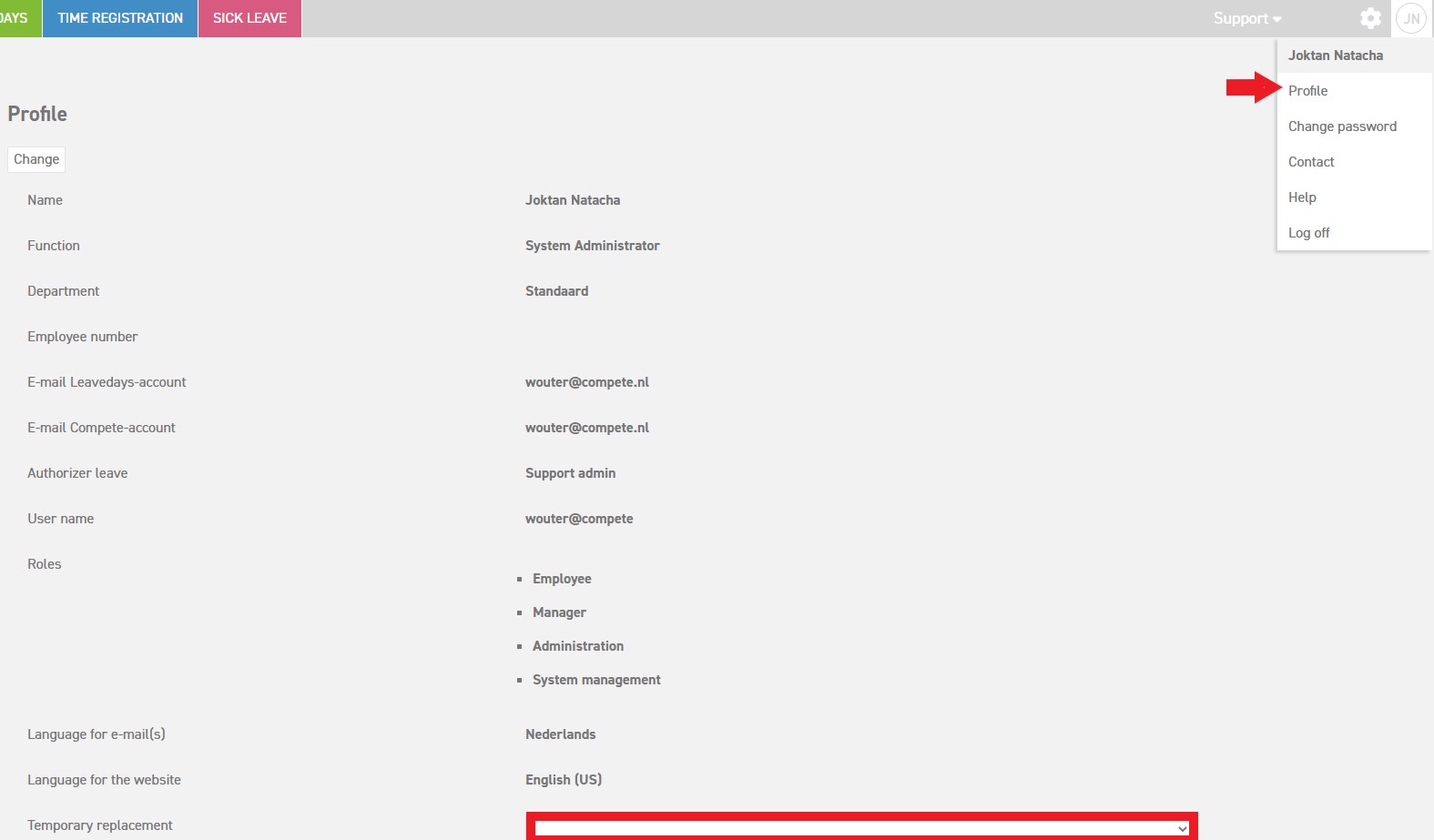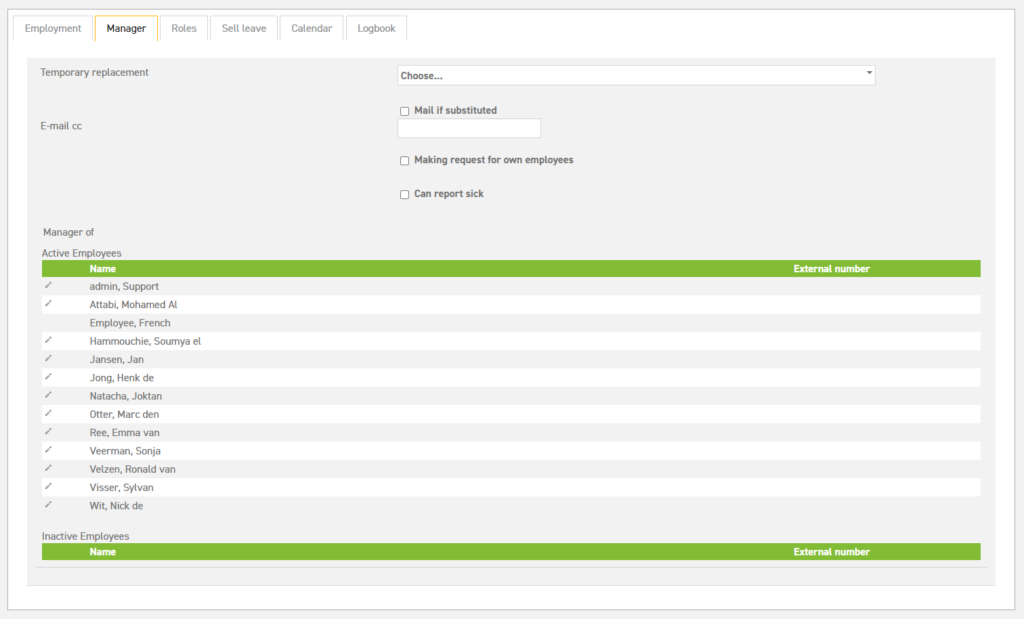Temporary Replacement 3 Link: Your Ultimate Guide To Seamless Online Solutions
Have you ever found yourself in a situation where your primary link just isn't cutting it? Maybe it's broken, maybe it's outdated, or maybe you're just looking for something more reliable. That's where temporary replacement 3 link comes in, offering a lifeline when you need it most. Whether you're dealing with website downtime, broken links, or just wanting to test out new alternatives, this solution has got your back. So, buckle up and let's dive into the world of temporary replacements!
In today's fast-paced digital landscape, having a dependable backup plan is crucial. Temporary replacement 3 link isn't just about fixing problems; it's about ensuring continuity and reliability. Imagine being able to switch to an alternative seamlessly, without losing traffic or engagement. That's the power of these solutions, and they're becoming increasingly popular among businesses and individuals alike.
Before we dive deeper, let's address the elephant in the room—why should you care? Well, if you're someone who values uptime, performance, and user experience, then temporary replacement 3 link is a game-changer. It's not just a tool; it's a strategy that can help you maintain your online presence, even when things go south. So, let's explore how you can make the most out of it!
What Exactly is Temporary Replacement 3 Link?
Temporary replacement 3 link refers to the process of using alternative links or URLs to ensure that your online content remains accessible. This could be due to various reasons, such as server maintenance, content migration, or even security concerns. The idea is simple—when your primary link isn't working, you have a backup that keeps everything running smoothly.
Think of it like having a spare tire in your car. You hope you never have to use it, but when you do, you'll be glad it's there. Similarly, temporary replacement links act as your digital spare tire, ensuring that your audience stays connected to your content without any disruptions.
Why Are Temporary Replacement Links Important?
- They ensure that your audience doesn't lose access to your content.
- They help maintain your website's SEO rankings by reducing downtime.
- They provide a safety net during website upgrades or migrations.
- They can enhance user experience by offering faster load times or better security.
Now that we've established what temporary replacement 3 link is and why it matters, let's break down the different scenarios where it can be beneficial.
Top Scenarios Where Temporary Replacement Links Shine
1. Website Maintenance
When you're updating your website, there's always a risk of downtime. Temporary replacement links allow you to keep your audience engaged while you work behind the scenes. It's like putting up a "We'll be right back!" sign, but with actual content that keeps people interested.
2. Content Migration
Moving your content from one platform to another can be a daunting task. Temporary replacement links act as a bridge, ensuring that your audience can still access your content during the transition period.
3. Security Breaches
In the unfortunate event of a security breach, having a temporary replacement link can be a lifesaver. It allows you to isolate the issue without compromising your audience's access to important information.
4. Testing New Features
Before rolling out new features or designs, you might want to test them with a smaller audience. Temporary replacement links let you do just that, giving you valuable feedback without affecting your main site.
These scenarios highlight the versatility and importance of temporary replacement 3 link. But how exactly do you implement them? Let's find out!
How to Set Up Temporary Replacement Links
Setting up temporary replacement links is easier than you might think. Here's a step-by-step guide to help you get started:
- Identify the pages or content that need a temporary replacement.
- Create or select the alternative content that will serve as the replacement.
- Use tools like 302 redirects or temporary DNS changes to point users to the new link.
- Monitor traffic and user engagement to ensure everything is working as expected.
- Once the issue is resolved, revert back to your original setup.
It's important to note that temporary replacement links are, well, temporary. They're not meant to replace your primary links permanently. Instead, they act as a stopgap measure until you can resolve the underlying issue.
Best Practices for Using Temporary Replacement 3 Link
While temporary replacement links are incredibly useful, there are a few best practices you should follow to ensure they work effectively:
- Keep It Short: Temporary links should only be used for as long as necessary. The longer they're in place, the more likely they are to cause confusion.
- Communicate Clearly: Let your audience know why they're being redirected and how long the situation will last. Transparency is key!
- Test Thoroughly: Before going live, make sure your temporary links are working correctly. The last thing you want is for them to fail when you need them most.
- Monitor Performance: Keep an eye on your site's performance metrics to ensure that the temporary setup isn't causing any unintended issues.
By following these best practices, you can ensure that your temporary replacement links are effective and seamless for both you and your audience.
Data and Statistics Supporting Temporary Replacement Links
According to a study by Pingdom, the average website experiences about 2.5 hours of downtime per month. That might not sound like much, but for businesses relying on their online presence, it can be costly. Temporary replacement links can help mitigate this issue by reducing downtime and maintaining user engagement.
Another study by Neil Patel found that websites with reliable backup plans tend to see a 15-20% increase in user retention. This highlights the importance of having a solid plan in place to handle unexpected situations.
Common Misconceptions About Temporary Replacement Links
There are a few common misconceptions about temporary replacement links that we need to address:
- They're Only for Big Businesses: Wrong! Temporary replacement links can benefit anyone who relies on their online presence, regardless of the size of their operation.
- They're Difficult to Set Up: With the right tools and guidance, setting up temporary replacement links is relatively straightforward.
- They'll Hurt My SEO: As long as you use them correctly and don't leave them in place for too long, temporary replacement links won't harm your SEO efforts.
Clearing up these misconceptions can help you make informed decisions about whether temporary replacement links are right for you.
Choosing the Right Tools for Temporary Replacement Links
There are several tools and platforms you can use to implement temporary replacement links effectively:
- Cloudflare: Offers robust tools for managing redirects and DNS changes.
- Google Search Console: Helps you monitor and manage your site's performance during the transition.
- WordPress Plugins: If you're using WordPress, there are several plugins available that can simplify the process.
Choosing the right tool depends on your specific needs and technical expertise. Don't be afraid to experiment and find what works best for you.
Case Studies: Real-World Examples of Temporary Replacement Links in Action
Case Study 1: A Small Business Owner's Success
John, a small business owner, used temporary replacement links to keep his website running during a major redesign. By redirecting users to a temporary landing page, he was able to maintain engagement and even increase sales during the transition period.
Case Study 2: A Large Corporation's Security Breach
A multinational corporation faced a security breach that threatened to shut down their website. By implementing temporary replacement links, they were able to isolate the issue and keep their audience informed and engaged while they worked on a permanent solution.
These case studies demonstrate the real-world impact of temporary replacement links and how they can be used to solve a variety of challenges.
Future Trends in Temporary Replacement Links
As technology continues to evolve, so too will the tools and methods used for temporary replacement links. Here are a few trends to watch out for:
- AI-Powered Solutions: AI could soon play a role in automating the process of setting up and managing temporary replacement links.
- Enhanced Security Features: With cyber threats on the rise, expect to see more emphasis on security when implementing temporary links.
- Seamless User Experience: Future solutions will likely focus on making the transition between primary and temporary links as seamless as possible.
Staying ahead of these trends can help you make the most out of temporary replacement links in the future.
Conclusion: Why Temporary Replacement 3 Link Matters
Temporary replacement 3 link is more than just a tool; it's a strategy that can help you maintain your online presence, even in the face of unexpected challenges. By understanding its importance, implementing it correctly, and following best practices, you can ensure that your audience stays connected and engaged.
So, what are you waiting for? Take action today and make sure your website is equipped with a reliable backup plan. Whether you're a small business owner or a large corporation, temporary replacement links can be the difference between success and failure in the digital world.
Call to Action: Share your thoughts and experiences with temporary replacement links in the comments below. Have you used them before? What challenges did you face? Let's start a conversation and help each other out!
Table of Contents:
What Exactly is Temporary Replacement 3 Link?
Why Are Temporary Replacement Links Important?
Top Scenarios Where Temporary Replacement Links Shine
1. Website Maintenance
2. Content Migration
3. Security Breaches
4. Testing New Features
How to Set Up Temporary Replacement Links
Best Practices for Using Temporary Replacement 3 Link
Data and Statistics Supporting Temporary Replacement Links
Common Misconceptions About Temporary Replacement Links
Choosing the Right Tools for Temporary Replacement Links
Case Studies: Real-World Examples of Temporary Replacement Links in Action
Future Trends in Temporary Replacement Links
Conclusion: Why Temporary Replacement 3 Link Matters

